A Novel OFDM Format and a Machine Learning Based Dimming Control for LiFi
Abstract
:1. Introduction
- A new OFDM format termed DPO-OFDM is introduced using the concepts of DCO-OFDM and PAM-DMT;
- Mathematical expressions of the DC-bias level for the proposed DPO-OFDM are derived. The BER performance and spectral efficiency with dimming control are compared with existing optical OFDM formats;
- A switching algorithm for the existing HDAP-OFDM is proposed where the individual components of HDAP-OFDM are switched according to a target dimming level;
- ML regressors are used to find the appropriate proportions of the individual components of DPO-OFDM for a target dimming level. This concept is also applicable to HDAP-OFDM and other hybrid OFDM formats.
2. Literature Review on OFDM Formats
3. System Description of DPO
3.1. DPO Transmitter
3.2. DPO Receiver
4. Analysis of DC Bias for DPO
5. Performance Evaluation of DPO
6. Dimming Control for DPO and HDAP Systems
| Algorithm 1 Pseudocode for switching method between ACO-PAM, HDAP, and DCO |
| 1:Input , , BER = 10−3, N 128; |
| 2:Compute the required dimming level ; |
| 3:IF ( = 2% to 10% or = 90% to 98%); |
| 4:THEN select the ACO-PAM scheme; |
| 5:ELSE IF ( = 10% to 30% or = 70% to 90%); |
| 6:THEN select the stand-alone HDAP (50% DCO and 50% ACO-PAM) scheme; |
| 7:ELSE; |
| 8:select the DCO scheme. |
7. Application of ML on Hybrid OFDM Forms
8. Conclusions
Supplementary Materials
Author Contributions
Funding
Data Availability Statement
Conflicts of Interest
References
- Haas, H.; Yin, L.; Wang, Y.; Chen, C. What is LiFi? J. Lightwave Technol. 2015, 34, 1533–1544. [Google Scholar] [CrossRef]
- Islim, M.S.; Haas, H. Modulation techniques for Li-Fi. ZTE Commun. 2016, 14, 29–40. [Google Scholar]
- Elgala, H.; Mesleh, R.; Haas, H. A study of LED nonlinearity effects on optical wireless transmission using OFDM. In Proceedings of the IFIP International Conference on Wireless and Optical Communications Networks, Cairo, Egypt, 28–30 April 2009; pp. 1–5. [Google Scholar]
- Vegni, A.M.; Little, T.D.C. Handover in VLC systems with cooperating mobile devices. In Proceedings of the International Conference on Computing, Networking and Communications (ICNC), Maui, HI, USA, 30 January–2 February 2012; pp. 126–130. [Google Scholar]
- Dinc, E.; Ergul, O.; Akan, O.B. Soft handover in OFDMA based visible light communication networks. In Proceedings of the IEEE 82nd Vehicular Technology Conference (VTC2015-Fall), Boston, MA, USA, 6–9 September 2015; pp. 1–5. [Google Scholar]
- Soltani, M.D.; Kazemi, H.; Safari, M.; Haas, H. Handovermodeling for indoor Li-Fi cellular networks: The effects of receiver mobility and rotation. In Proceedings of the IEEE Wireless Communications and Networking Conference (WCNC), San Francisco, CA, USA, 19–22 March 2017; pp. 1–6. [Google Scholar]
- Yang, Y.; Zeng, Z.; Cheng, J.; Guo, C. Spatial dimming scheme for optical OFDM based visible light communication. Opt. Express 2016, 24, 30254–30263. [Google Scholar] [CrossRef]
- Rajagopal, S.; Roberts, R.D.; Lim, S.-K. IEEE 802.15. 7 visible light communication: Modulation schemes and dimming support. IEEE Commun. Mag. 2012, 50, 72–82. [Google Scholar] [CrossRef]
- Yang, F.; Gao, J. Dimming control scheme with high power and spectrum efficiency for visible light communications. IEEE Photonics J. 2017, 9, 1–12. [Google Scholar] [CrossRef]
- Zafar, F.; Karunatilaka, D.; Parthiban, R. Dimming schemes for visible light communication: The state of research. IEEE Wirel. Commun. 2015, 22, 29–35. [Google Scholar] [CrossRef]
- Fang, J.; Che, Z.; Jiang, Z.L.; Yu, X.; Yiu, S.-M.; Ren, K.; Tan, X.; Chen, Z. An efficient flicker-free FEC coding scheme for dimmable visible light communication based on polar codes. IEEE Photonics J. 2017, 9, 1–10. [Google Scholar] [CrossRef]
- Dissanayake, S.D.; Armstrong, J. Comparison of ACO-OFDM, DCO-OFDM and ADO-OFDM in IM/DD systems. J. Lightwave Technol. 2013, 31, 1063–1072. [Google Scholar] [CrossRef]
- Armstrong, J.; Lowery, A.J. Power efficient optical OFDM. Electron. Lett. 2006, 42, 370–372. [Google Scholar] [CrossRef] [Green Version]
- Jiang, R.; Wang, Q.; Wang, F.; Dai, L.; Wang, Z. An optimal scaling scheme for DCO-OFDM based visible light communications. Opt. Commun. 2015, 356, 136–140. [Google Scholar] [CrossRef] [Green Version]
- Abdulkafi, A.A.; Alias, M.Y.; Hussein, Y.S. Performance analysis of DCO-OFDM in VLC system. In Proceedings of the IEEE 12th Malaysia International Conference on Communications (MICC), Kuching, Malaysia, 23–25 November 2015; pp. 163–168. [Google Scholar]
- Mondal, M.R.H. Comparison of DCO-OFDM, ADO-OFDM, HDC-OFDM and HNC-OFDM for optical wireless communications. J. Opt. Commun. 2018, 42, 325–340. [Google Scholar] [CrossRef]
- Lee, S.C.J.; Randel, S.; Breyer, F.; Koonen, A.M.J. PAM-DMT for intensity-modulated and direct-detection optical communication systems. IEEE Photonics Technol. Lett. 2015, 21, 1749–1751. [Google Scholar]
- Xiang, N.; Zhang, Z.; Dang, J.; Wu, L. A novel receiver design for PAM-DMT in optical wireless communication systems. IEEE Photonics Technol. Lett. 2015, 27, 1919–1922. [Google Scholar] [CrossRef]
- Ranjha, B.; Kavehrad, M. Hybrid asymmetrically clipped OFDM-based IM/DD optical wireless system. J. Opt. Commun. Netw. 2014, 6, 387–396. [Google Scholar] [CrossRef]
- Mondal, M.R.H.; Faruque, R.B. Hybrid diversity combined OFDM for LiFi. In Proceedings of the IEEE International Conference on Telecommunications and Photonics (ICTP), Dhaka, Bangladesh, 26–28 December 2017; pp. 132–136. [Google Scholar]
- Wang, Q.; Wang, Z.; Dai, L. Asymmetrical hybrid optical OFDM for visible light communications with dimming control. IEEE Photonics Technol. Lett. 2015, 27, 974–977. [Google Scholar] [CrossRef] [Green Version]
- Islam, R.; Mondal, M.R.H. Hybrid DCO-OFDM, ACO-OFDM and PAM-DMT for dimmable LiFi. Optik 2019, 180, 939–952. [Google Scholar] [CrossRef]
- Zhang, T.; Zou, Y.; Sun, J.; Qiao, S. Design of PAM-DMT-based hybrid optical OFDM for visible light communications. IEEE Wirel. Commun. Lett. 2019, 8, 265–268. [Google Scholar] [CrossRef]
- Jansen, S.L.; van den Borne, D.; Adhikari, S. Past, present and future of optical OFDM. In Proceedings of the Asia Communications and Photonics Conference and Exhibition, Technical Digest (CD), (Optical Society of America, 2009), Shanghai, China, 2–6 November 2009. Paper ThL2. [Google Scholar]
- Elgala, H.; Mesleh, R.; Haas, H. Indoor broadcasting via white LEDs and OFDM. IEEE Trans. Consum. Electron. 2009, 55, 1127–1134. [Google Scholar] [CrossRef]
- Mesleh, R.; Elgala, H.; Haas, H. On the performance of different OFDM based optical wireless communication systems. J. Opt. Commun. Netw. 2011, 3, 620–628. [Google Scholar] [CrossRef]
- Yin, N.; Guo, C.; Yang, Y.; Luo, P.; Feng, C. Asymmetrical and direct current biased optical OFDM for visible light communication with dimming control. In Proceedings of the IEEE International Conference on Communications Workshops (ICC Workshops), Paris, France, 21–25 May 2017; pp. 23–28. [Google Scholar]
- Huang, X.; Yang, F.; Pan, C.; Song, J. Pre-distorted enhanced ADO-OFDM for hybrid VLC networks: A Mutual-Interference-Free Approach. IEEE Photonics J. 2020, 12, 1–12. [Google Scholar] [CrossRef]
- Perarasi, T.; Vidhya, S.; Hemavikasini, S.; Vakula, V.; Varsha, H. Li-Fi based peak to average power ratio reduction in HACO-OFDM System. In Proceedings of the Fourth International Conference on Computing Methodologies and Communication (ICCMC), Erode, India, 11–13 March 2020; pp. 481–486. [Google Scholar]
- Chronopoulos, S.K.; Christofilakis, V.; Tatsis, G.; Kostarakis, P. Preliminary BER study of a TC-OFDM system operating under noisy conditions. J. Eng. Sci. Technol. Rev. 2016, 9, 13–16. [Google Scholar] [CrossRef]
- Chronopoulos, S.K.; Christofilakis, V.; Tatsis, G.; Kostarakis, P. Performance of turbo coded OFDM under the presence of various noise types. Wirel. Pers. Commun. 2016, 87, 1319–1336. [Google Scholar] [CrossRef] [Green Version]
- Tavakoli, S.; Yooseph, S. Learning a mixture of microbial networks using minorization-maximization. Bioinformatics 2019, 35, i23–i30. [Google Scholar] [CrossRef]
- Jahanshahi, A. TinyCNN: A tiny modular CNN accelerator for embedded FPGA. arXiv 2019, arXiv:1911.06777. [Google Scholar]
- Roshani, M.; Phan, G.; Faraj, R.H.; Phan, N.-H.; Roshani, G.H.; Nazemi, B.; Corniani, E.; Nazemi, E. Proposing a gamma radiation based intelligent system for simultaneous analyzing and detecting type and amount of petroleum by-products. Nucl. Eng. Technol. 2021, 53, 1277–1283. [Google Scholar] [CrossRef]
- Voghoei, S.; Tonekaboni, N.H.; Yazdansepas, D.; Arabnia, H.R. University Online Courses: Correlation between students’ participation rate and academic performance. In Proceedings of the 2019 International Conference on Computational Science and Computational Intelligence (CSCI), Las Vegas, NV, USA, 5–7 December 2019; IEEE: Manhattan, NY, USA, 2019; pp. 772–777. [Google Scholar]
- Arabi, M.; Beheshtitabar, E.; Ghadirifaraz, B.; Forjanizadeh, B. Optimum locations for intercity bus terminals with the AHP approach—Case study of the city of Esfahan. World Academy of Science, Engineering Technology. Int. J. Soc. Behav. Educ. Econ. Bus. Ind. Eng. 2015, 9, 545–551. [Google Scholar]
- Chenarlogh, V.A.; Razzazi, F.; Mohammadyahya, N. A Multi-View Human Action Recognition System in Limited Data Case using Multi-Stream CNN. In Proceedings of the 2019 5th Iranian Conference on Signal Processing and Intelligent Systems (ICSPIS), Shahrood, Iran, 18–19 December 2019; Institute of Electrical and Electronics Engineers (IEEE): Shahrood, Iran, 2019; pp. 1–11. [Google Scholar]
- Almeshal, A.M.; Almazrouee, A.I.; Alenizi, M.R.; Alhajeri, S.N. Forecasting the Spread of COVID-19 in Kuwait Using Compartmental and Logistic Regression Models. Appl. Sci. 2020, 10, 3402. [Google Scholar] [CrossRef]


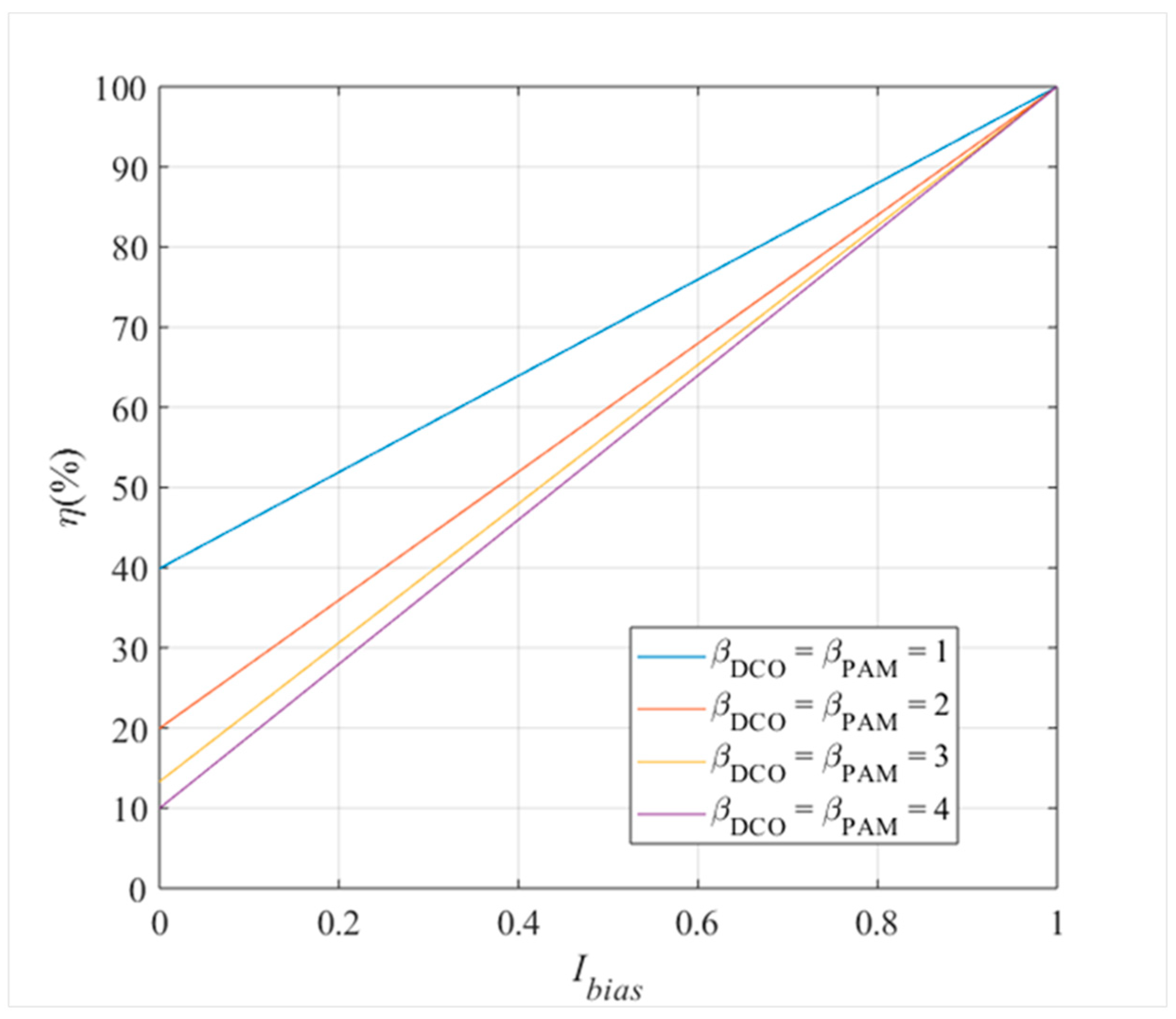
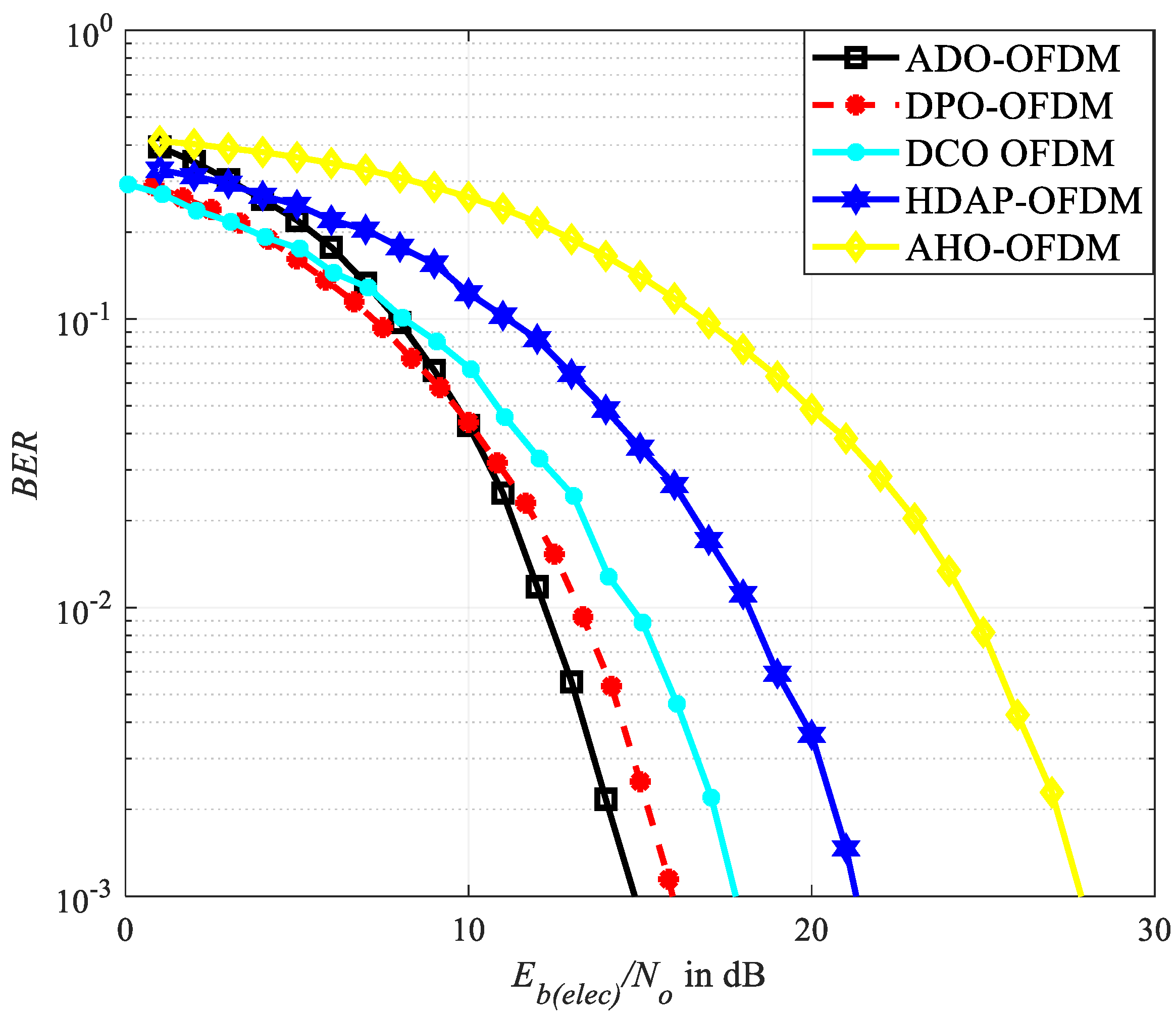
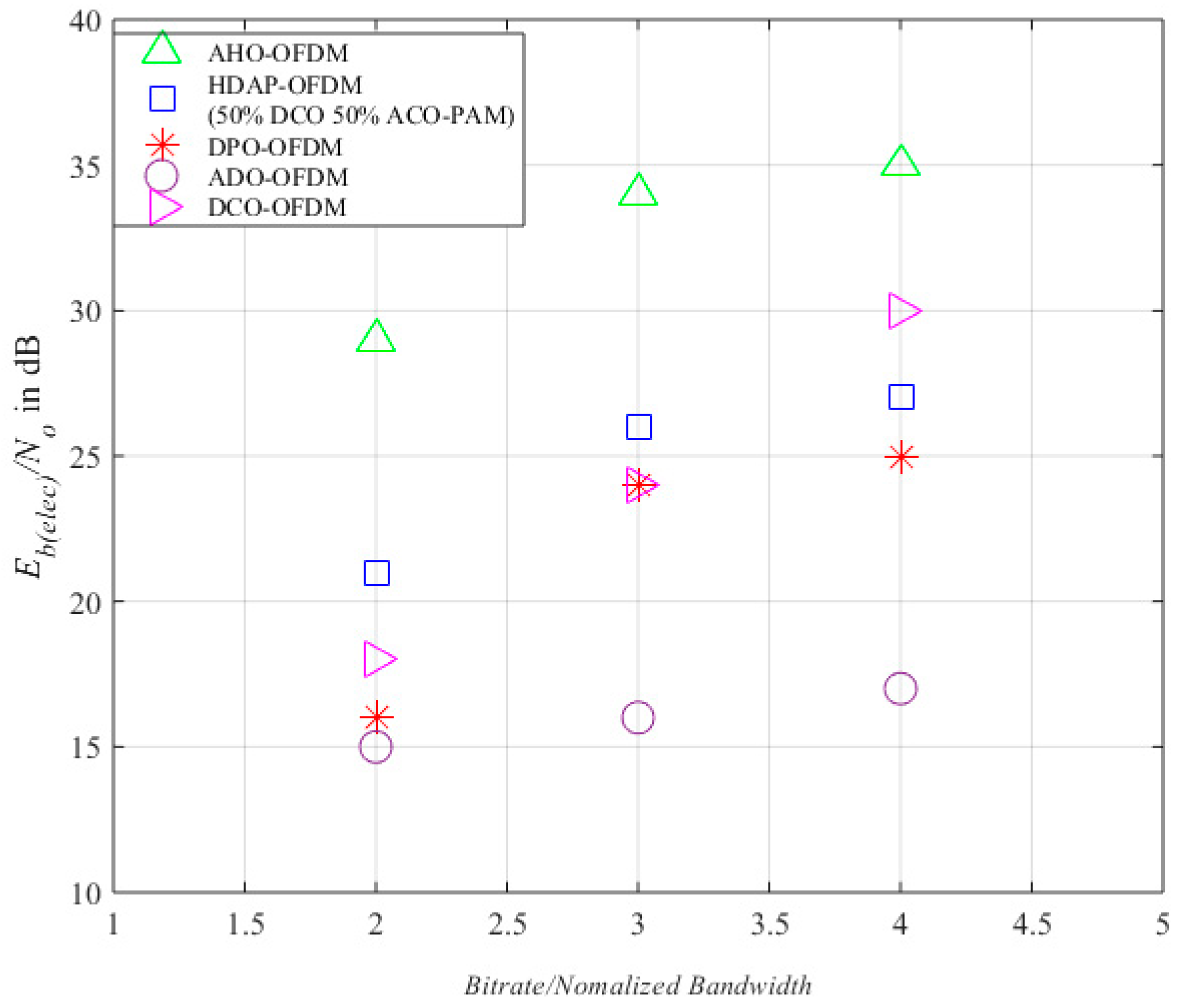
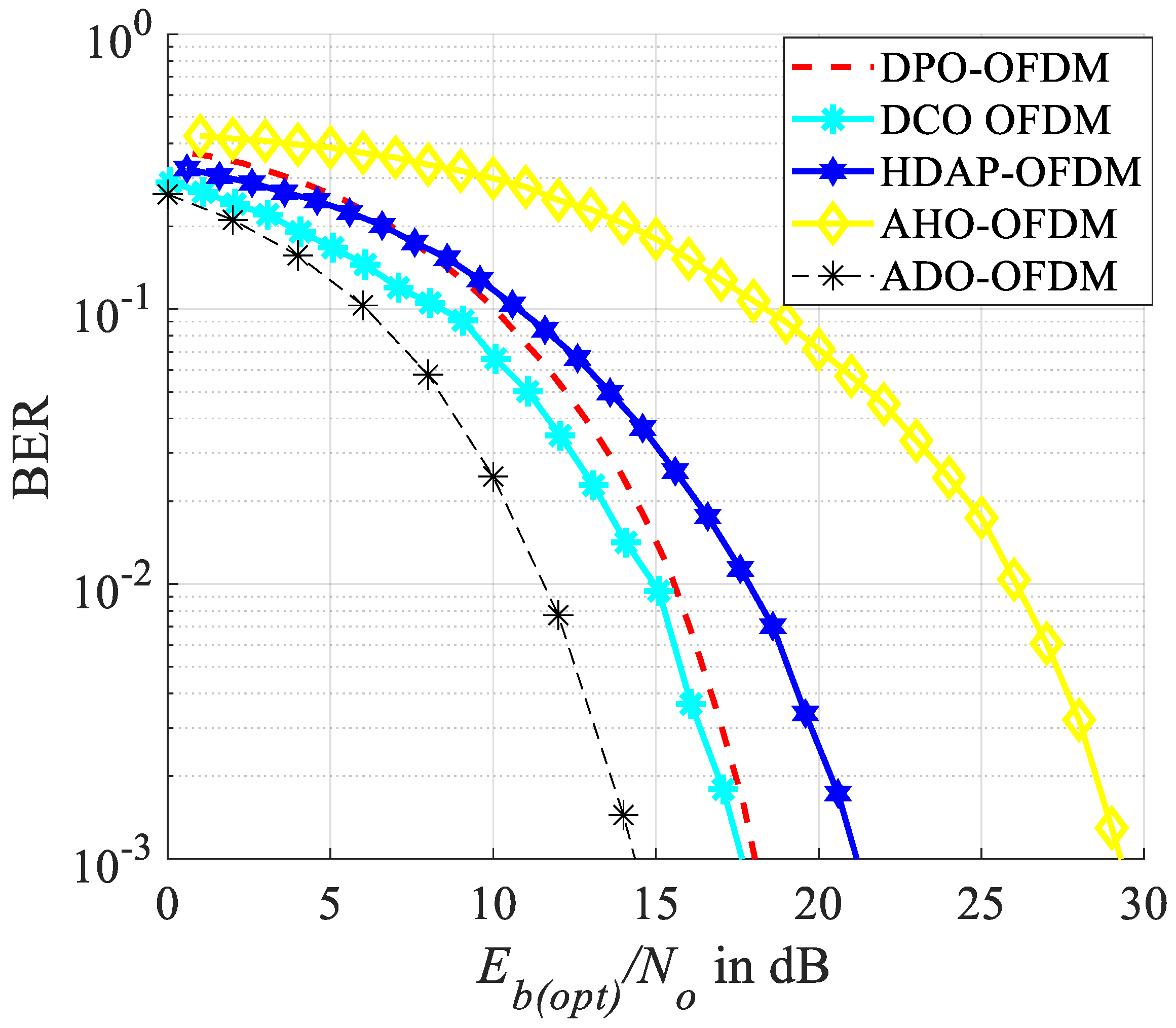

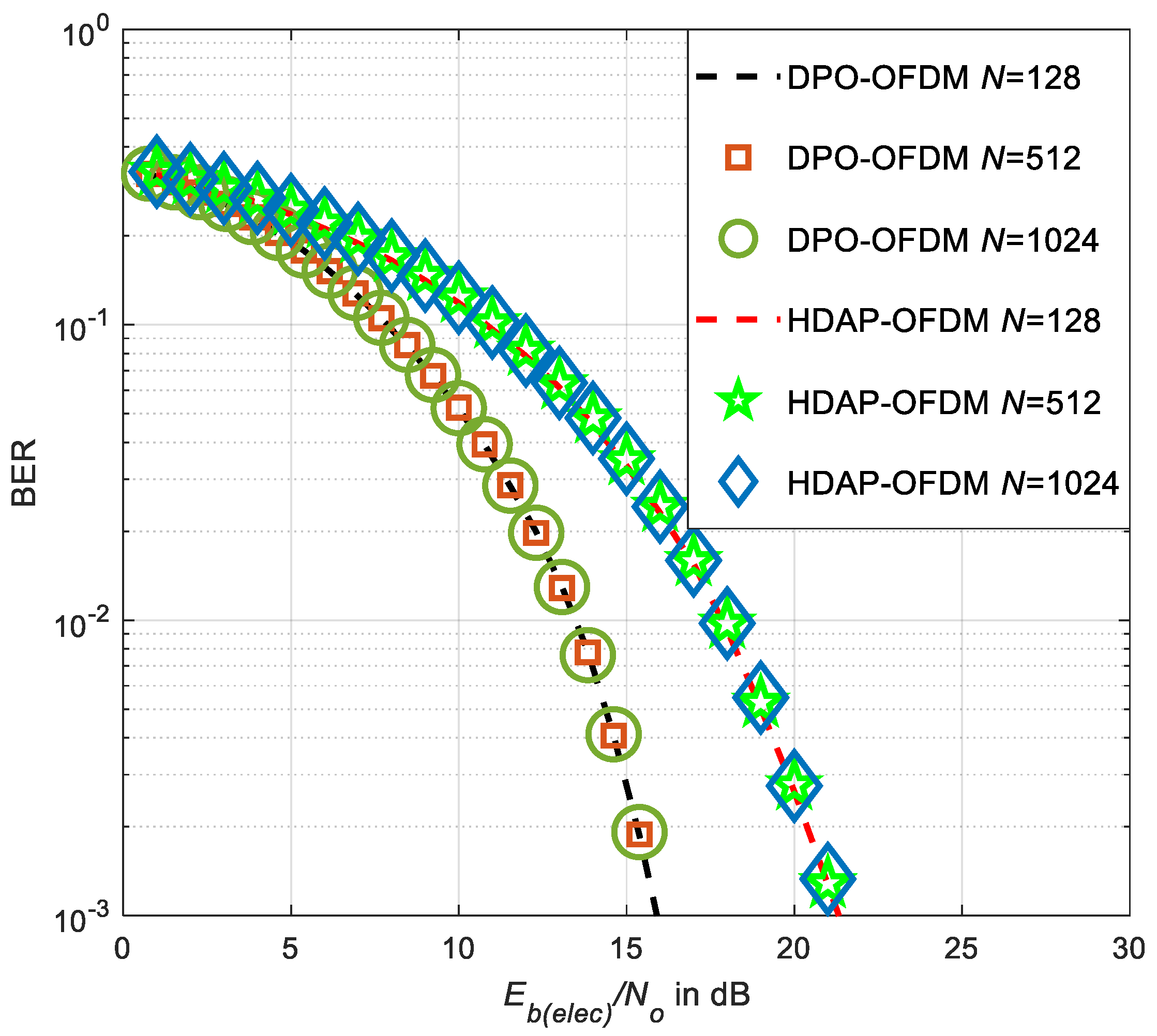
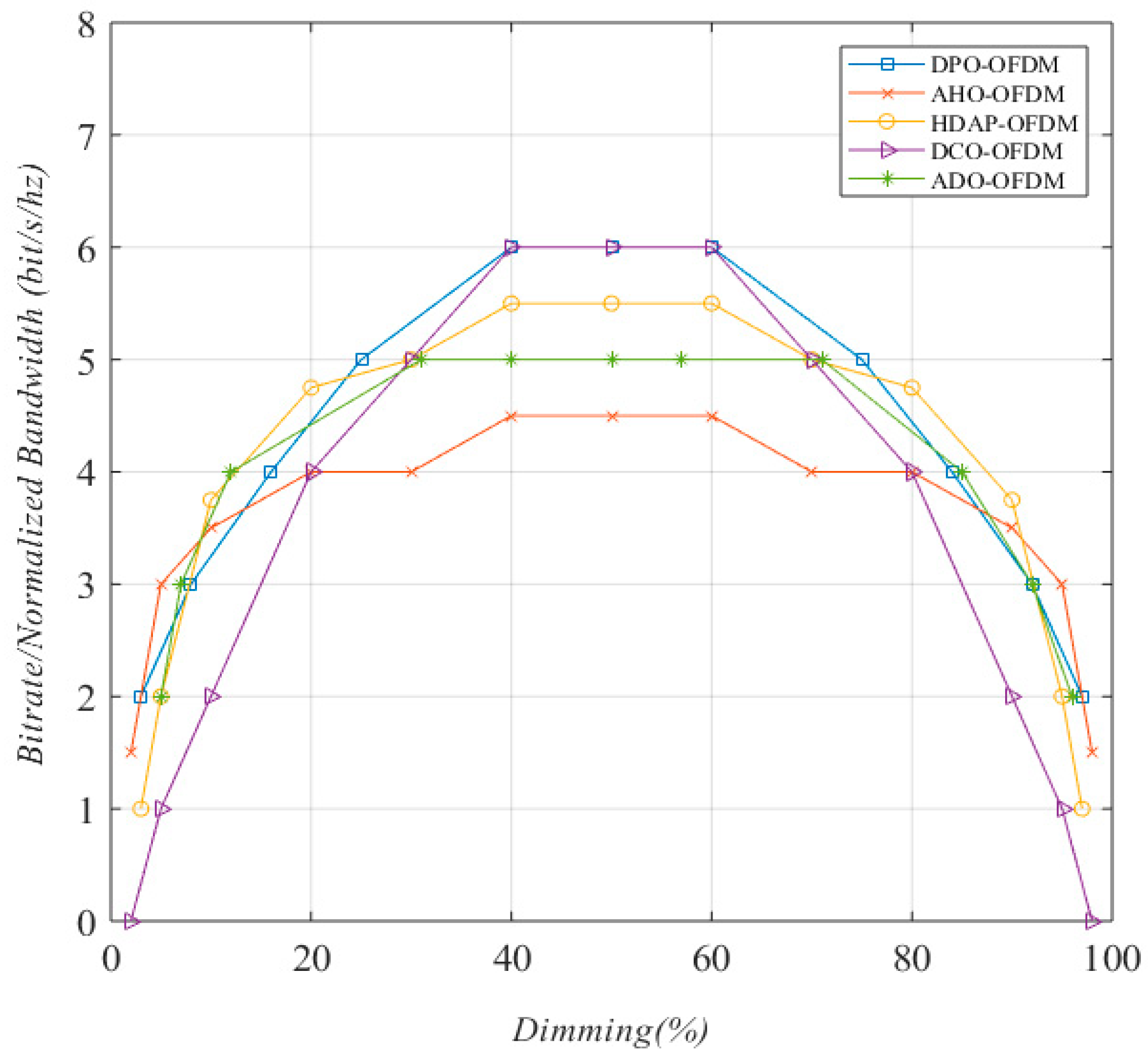

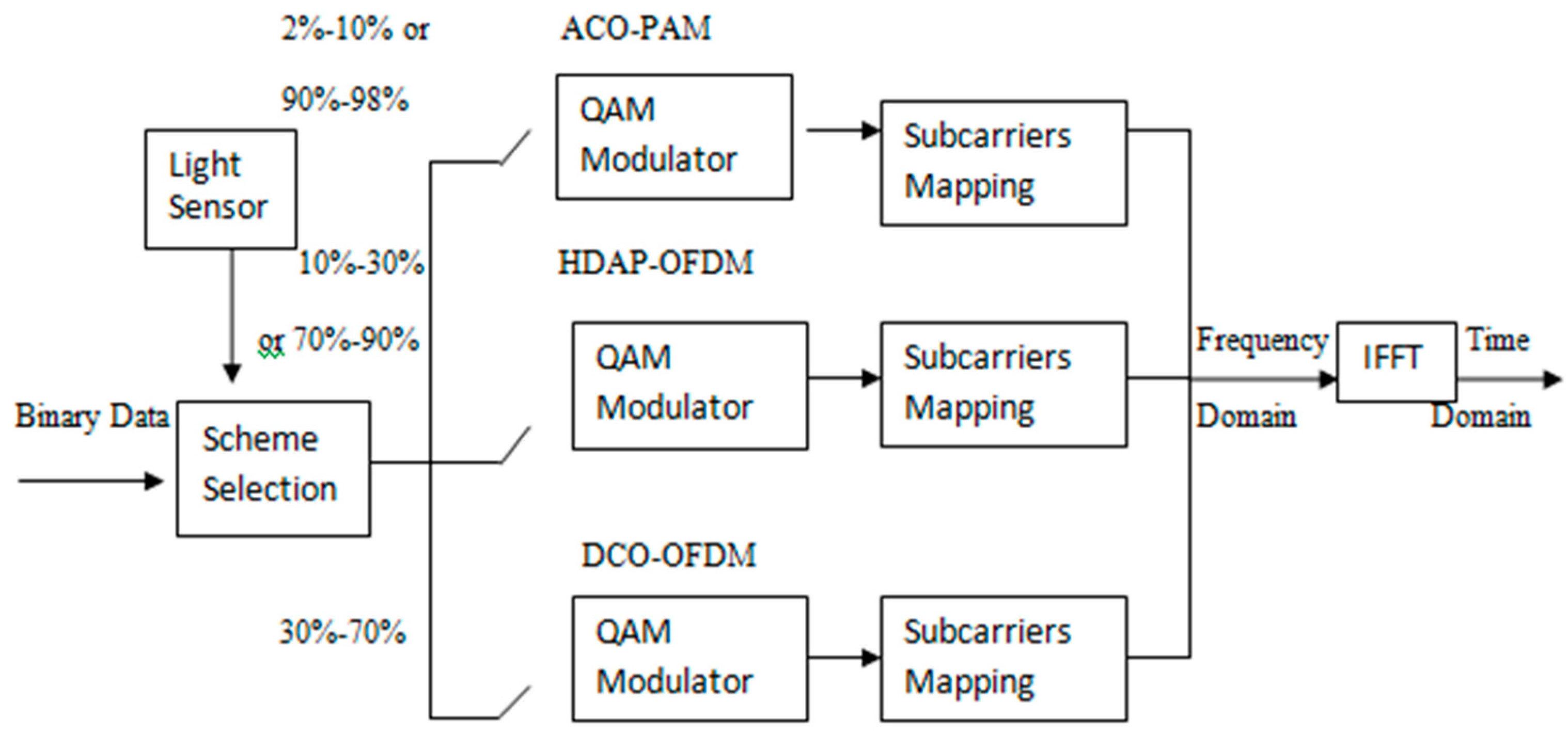


| Regression Algorithm | Testing% | R2 Score | RMSE |
|---|---|---|---|
| Linear regression | 10% | 31.30% | 7.30 |
| Polynomial regression degree 2 | 10% | 87.34% | 3.13 |
| Polynomial regression degree 3 | 10% | 97.17% | 1.48 |
| Polynomial regression degree 4 | 10% | 98.18% | 1.18 |
| Polynomial regression degree 5 | 10% | 30.99% | 7.31 |
| Polynomial regression degree 2 | 20% | 89.85% | 3.07 |
| Polynomial regression degree 3 | 20% | 95.72% | 1.99 |
| Polynomial regression degree 4 | 20% | 97.53% | 1.51 |
| Polynomial regression degree 2 | 30% | 86.77% | 3.39 |
| Polynomial regression degree 3 | 30% | 93.90% | 2.30 |
| Polynomial regression degree 4 | 30% | 95.26% | 2.02 |
Publisher’s Note: MDPI stays neutral with regard to jurisdictional claims in published maps and institutional affiliations. |
© 2021 by the authors. Licensee MDPI, Basel, Switzerland. This article is an open access article distributed under the terms and conditions of the Creative Commons Attribution (CC BY) license (https://creativecommons.org/licenses/by/4.0/).
Share and Cite
Nowrin, I.; Mondal, M.R.H.; Islam, R.; Kamruzzaman, J. A Novel OFDM Format and a Machine Learning Based Dimming Control for LiFi. Electronics 2021, 10, 2103. https://doi.org/10.3390/electronics10172103
Nowrin I, Mondal MRH, Islam R, Kamruzzaman J. A Novel OFDM Format and a Machine Learning Based Dimming Control for LiFi. Electronics. 2021; 10(17):2103. https://doi.org/10.3390/electronics10172103
Chicago/Turabian StyleNowrin, Itisha, M. Rubaiyat Hossain Mondal, Rashed Islam, and Joarder Kamruzzaman. 2021. "A Novel OFDM Format and a Machine Learning Based Dimming Control for LiFi" Electronics 10, no. 17: 2103. https://doi.org/10.3390/electronics10172103







